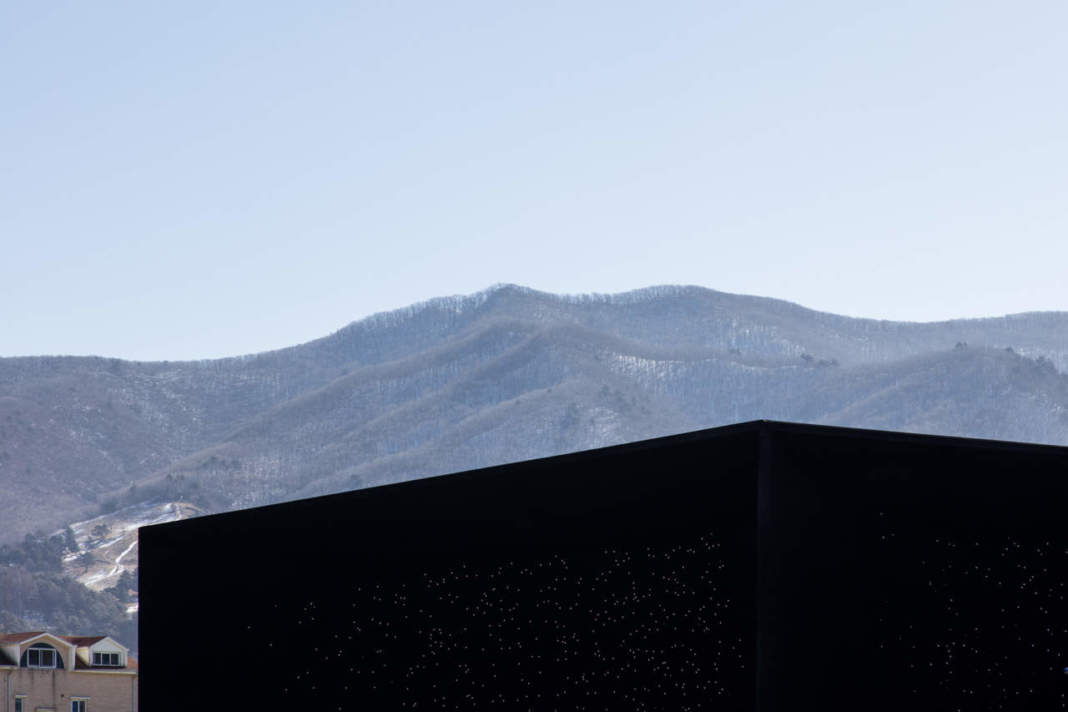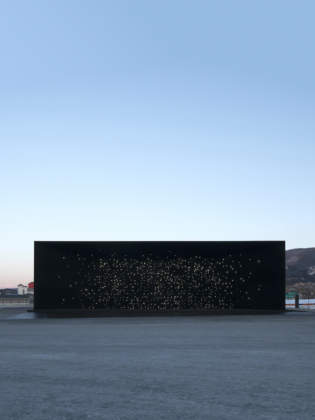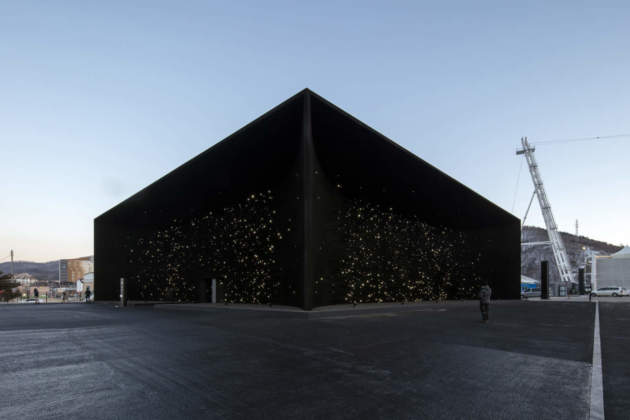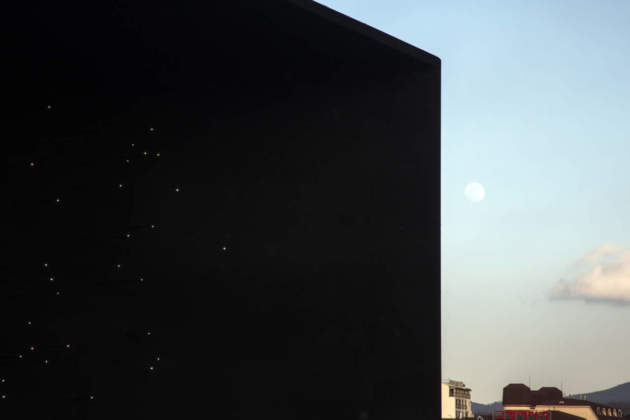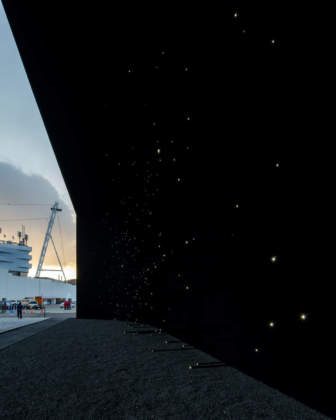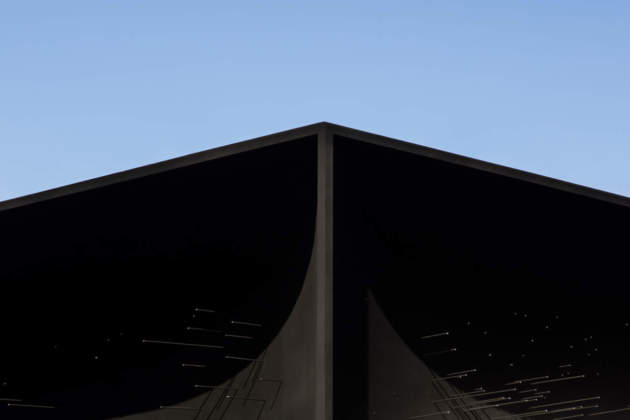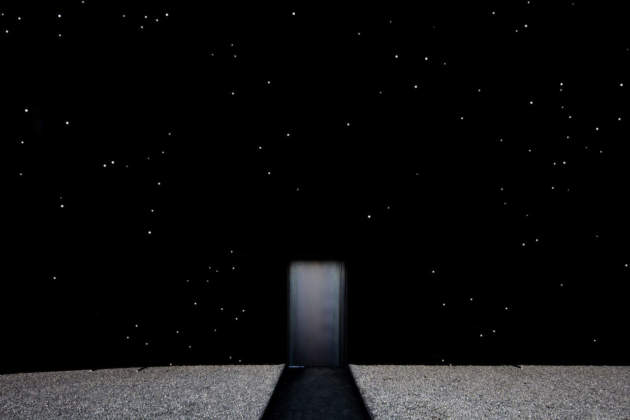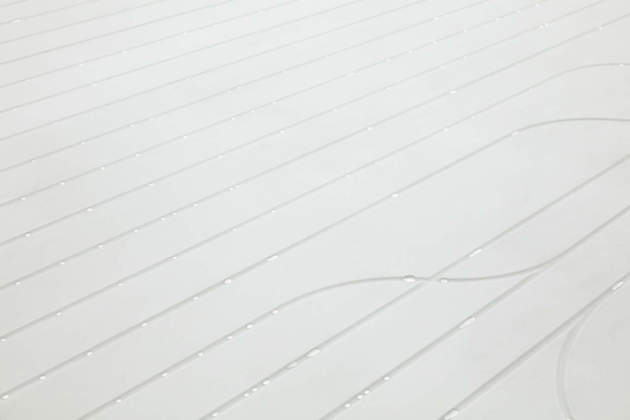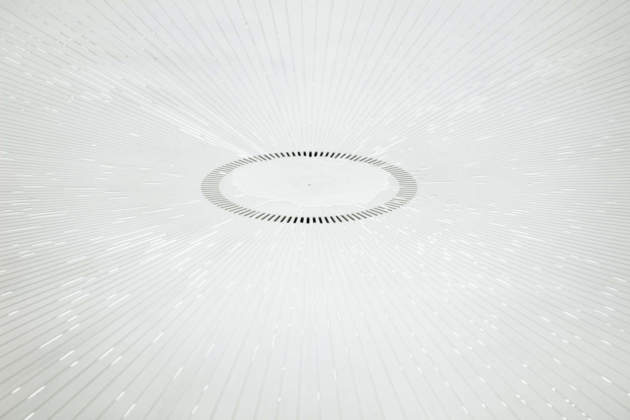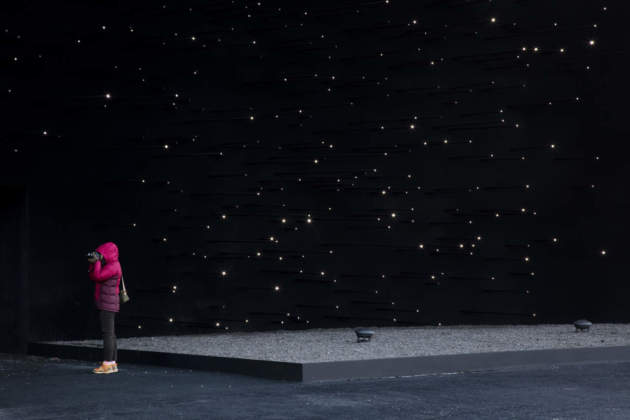architect: Asif Khan
location: PyeongChang
year: 2018
London-based architecture practice Asif Khan have unveiled their latest project, a super-black pavilion entirely coated in Vantablack VBx2 at the PyeongChang Winter Olym-pics 2018 in South Korea.
The building’s exterior is illuminated by a field of stars that appear to float in mid-air. Hyundai Motor has commissioned the pavilion as part of a global mobility initiative.
The structure’s 10-metre-high parabolic facades are coated with a super black material: Vantablack VBx2, a derivative of the original Vantablack, making it the world’s largest continuous nanostructure.
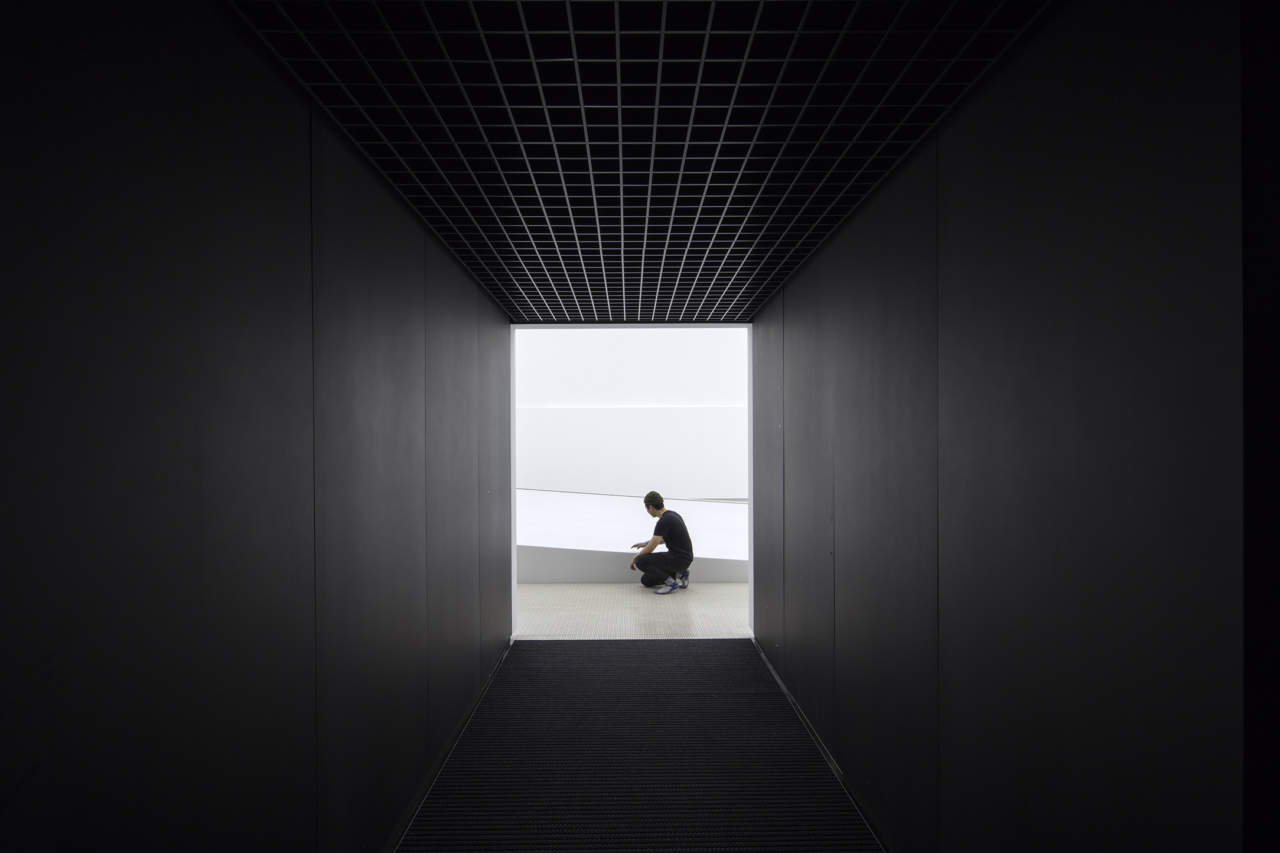
The matt black material is able to absorb 99% of the light that hits its surface, diminishing its three dimensionality and creating the illusion of a startling black void in broad daylight. The facades of the pavilion are punctuated by thousands of tiny white lights which, during the day, simulate the view into space from that point on earth. Inside the 35m x 35m structure, Khan has designed a vast ‘water room’ – a multi-sensory hydrophobic water installation which emits 25,000 singular water droplets every minute.
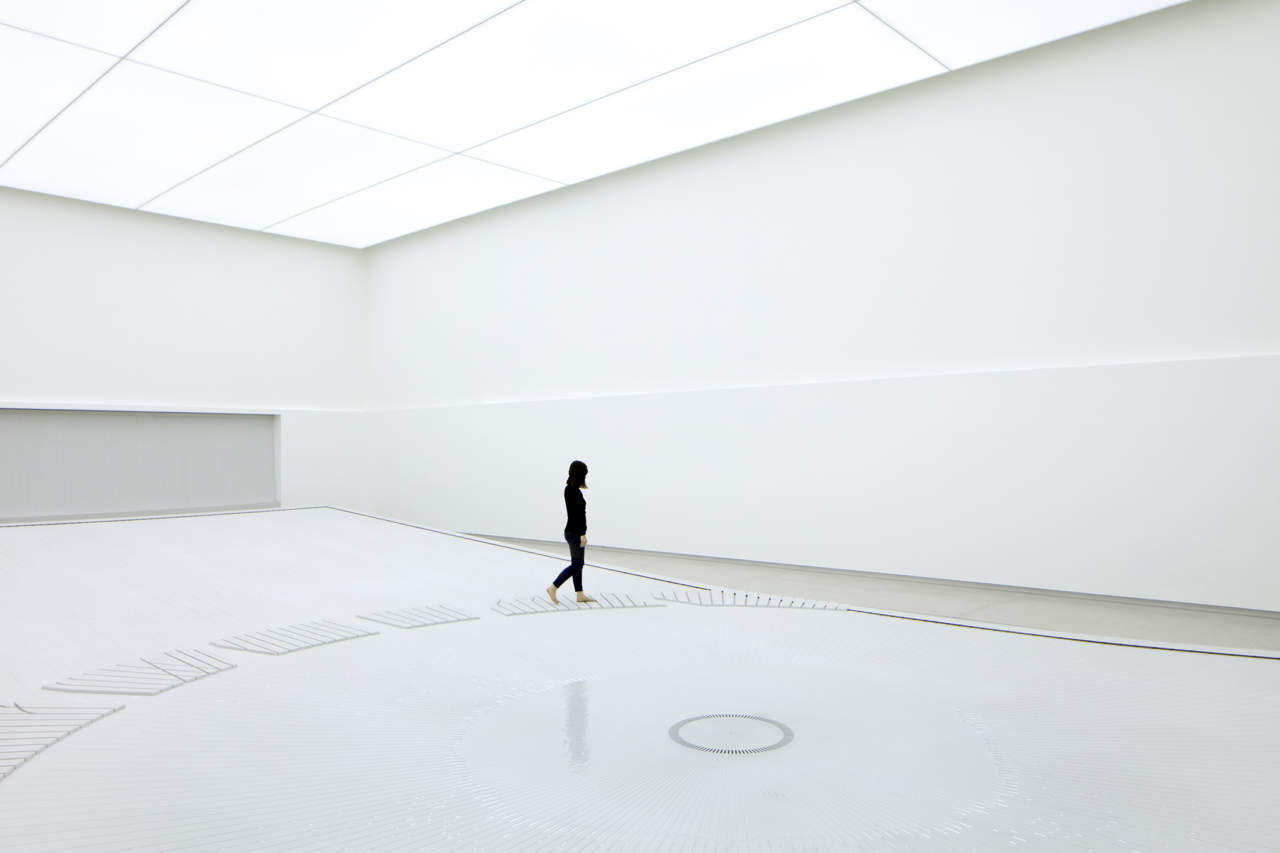
Visitor interaction with a series of haptic sensors creates new rhythms as droplets continually collide, join, and split across the water landscape, which appears like a city viewed from space. These flows of individual droplets col-lect, grow and build into a ‘lake’ which drains and reappears in the space of minutes.
Asif Khan commented:
"From a distance the structure has the appearance of a window looking into the depths of outer space. As you approach it, this impression grows to fill your entire field of view. So on entering the building, it feels as though you are being absorbed into a cloud of blackness.
The water installation visitors discover inside is brightly lit in white. As your eyes adjust, you feel for a moment that the tiny water drops are at the scale of the stars.
A water droplet is a size every visitor is familiar with. In the project I wanted to move from the scale of the cosmos to the scale of water droplets in a few steps. The droplets contain the same hydrogen from the beginning of the universe as the stars."
The pavilion has been commissioned by Hyundai Motor as part of a series of projects that highlight Hyundai’s mission to enhance people’s lives through ease of mobility. With its pioneering technology for the world’s first Hydrogen Fuel Cell vehicle, Hyundai envisions a future society where mobility is both sustainable and accessible. The black façade of the pavilion represents the Universe – the origin of Hydrogen – and the interactive water droplets inside the building are inspired by individual Hydro-gen molecules and the technology behind Hyundai’s new Hydrogen Fuel Cell vehicle. Asif Khan has worked with Hyundai to encapsulate its vision for the future of motoring through architecture, design and visitor experience.
Asif Khan has been working with the manufacturers of Vantablack since 2013 and proposed its use in his shortlisted proposal for the UK Pavilion at Milan Expo 2015. Asif Khan’s super-black building at the 2018 Winter Olympics follows his designs for Coca-Cola’s landmark pavilion at the 2012 London Olympic Games and the MegaFaces pavilion at the 2014 Sochi Winter Olympics.
title Vantal Black (Hyundai Pavilion)
architect Asif Khan
client Hyundhai Motor Company
main contractor Hyundai Engineering
interactive engineer iart
facade coating Surrey NanoSystem
corian fabrication Cutting Edge
structural engineer AKTII
environmental engineer Atelier Ten
environmental sound Why Do Bird?
interior contractor GL
local architect Unsangdong Architects
agency Innocean Worldwide


